Growth of E-commerce
The expansion of e-commerce platforms is significantly influencing the Graphic Design Market. As more businesses establish online stores, the necessity for engaging product visuals and user-friendly interfaces has become paramount. In 2025, e-commerce sales are projected to surpass 6 trillion USD, highlighting the critical role of graphic design in creating appealing online shopping experiences. Effective graphic design not only enhances product presentation but also improves user navigation, which is essential for customer retention. This trend suggests that graphic designers will increasingly collaborate with e-commerce businesses to develop tailored visual content that drives sales and enhances brand loyalty. The Graphic Design Market is thus poised for continued growth, driven by the evolving landscape of online retail.
Rise of Digital Marketing
The increasing reliance on digital marketing strategies is a primary driver of the Graphic Design Market. As businesses pivot towards online platforms, the demand for visually appealing content has surged. In 2025, it is estimated that digital advertising expenditures will reach approximately 500 billion USD, necessitating high-quality graphic design to capture consumer attention. This trend indicates that companies are investing more in professional design services to enhance their brand visibility and engagement. Consequently, graphic designers are becoming integral to marketing teams, as they create compelling visuals that resonate with target audiences. The Graphic Design Market is thus experiencing a robust growth trajectory, fueled by the need for innovative and effective digital marketing solutions.
Emergence of Augmented Reality
The advent of augmented reality (AR) technology is reshaping the Graphic Design Market. AR applications require sophisticated graphic design to create immersive experiences that engage users. As industries such as retail, education, and entertainment adopt AR, the demand for skilled graphic designers who can produce high-quality visuals is likely to increase. In 2025, the AR market is expected to reach 200 billion USD, indicating a substantial opportunity for graphic designers to innovate and expand their portfolios. This trend suggests that designers will need to adapt their skills to incorporate AR elements, thereby enhancing the overall user experience. The Graphic Design Market is thus evolving, with AR serving as a catalyst for new creative possibilities.
Increased Focus on Brand Identity
The heightened emphasis on brand identity is a crucial driver of the Graphic Design Market. Companies are increasingly recognizing the importance of a strong visual identity in differentiating themselves from competitors. In 2025, businesses are projected to allocate over 10% of their marketing budgets to branding efforts, which includes graphic design services. This trend indicates that graphic designers play a vital role in crafting logos, color schemes, and overall brand aesthetics that resonate with consumers. As businesses strive to establish a cohesive brand presence across various platforms, the demand for professional graphic design services is likely to grow. The Graphic Design Market is thus benefiting from this focus on brand identity, as companies seek to enhance their market positioning.
Technological Advancements in Design Tools
Technological advancements in design software and tools are significantly impacting the Graphic Design Market. The introduction of innovative design applications and platforms has streamlined the creative process, enabling designers to produce high-quality work more efficiently. In 2025, the graphic design software market is expected to reach 12 billion USD, reflecting the growing investment in technology that supports design professionals. These advancements not only enhance productivity but also expand the creative possibilities for graphic designers, allowing them to experiment with new styles and techniques. As a result, the Graphic Design Market is likely to see an influx of fresh talent and innovative designs, driven by the capabilities of modern design tools.


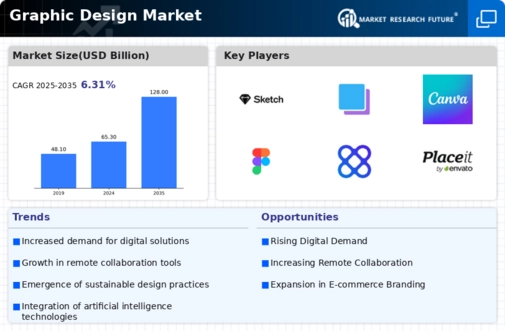
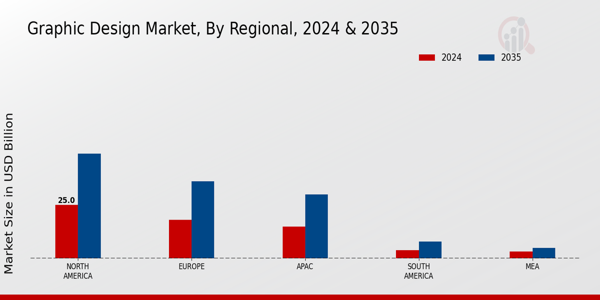


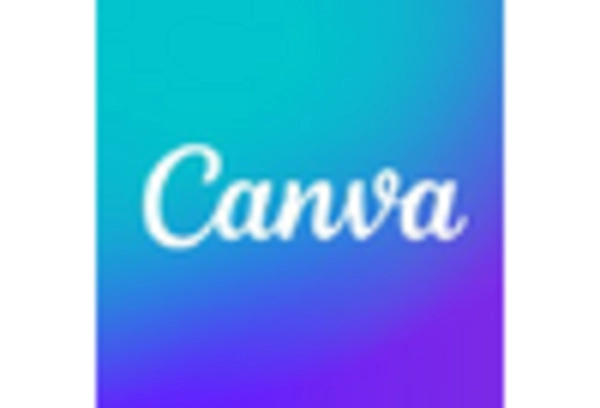
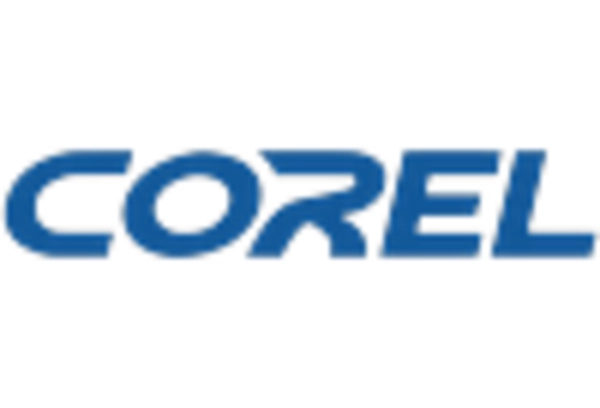

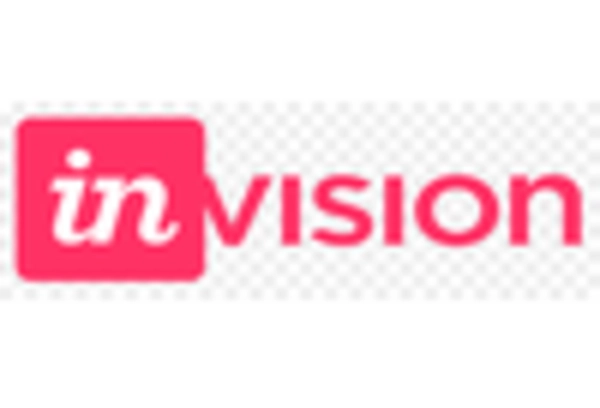








Leave a Comment